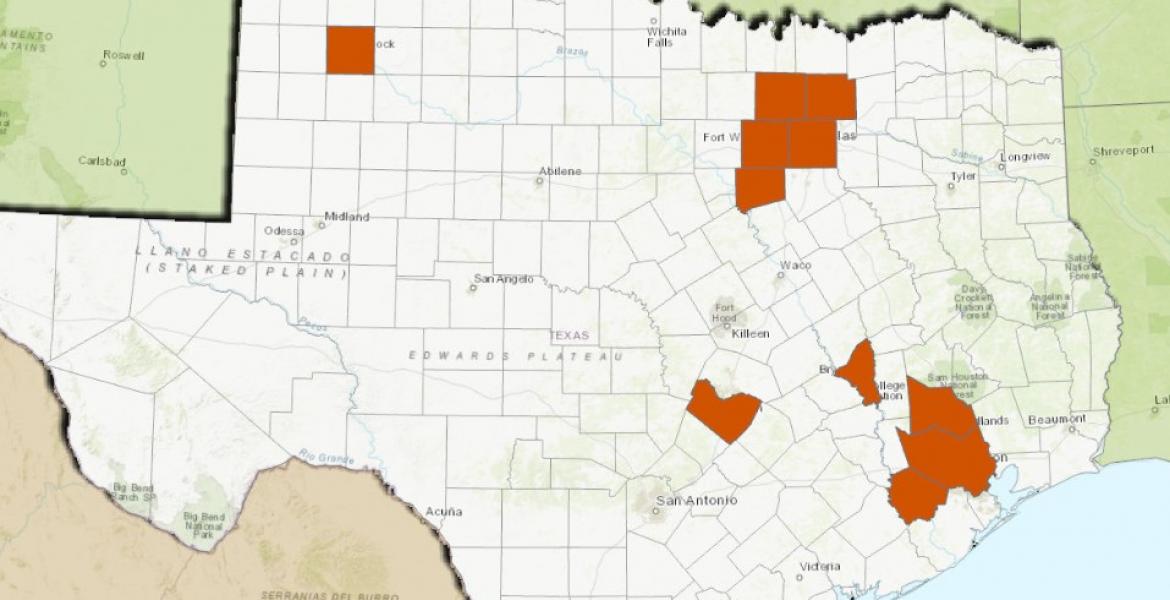June 1, 2019 - During National CPR and AED Awareness Week June 1-7, 2019, the American Heart Association (AHA) will shine a spotlight on how lives can be saved if more Americans learned how to perform CPR and use an automated external defibrillator (AED).
Each year, more than 350,000 out-of-hospital cardiac arrests occur in the U.S. and approximately 90 percent of people who suffer out-of-hospital cardiac arrests die. When a person has a cardiac arrest, survival depends on immediately receiving CPR from someone nearby. For every minute without CPR, chances of survival decrease by 10 percent.
CPR, especially if performed immediately, can triple a cardiac arrest victim’s chance of survival. However, only about 46 percent of people who experience an out-of-hospital cardiac arrest receive the immediate help that they need before professional help arrives. EMS response times can range from four to more than 10 minutes.
According to the AHA, many Americans do not perform CPR because they do not know what to do or they are afraid of hurting the person. To help increase the likelihood of people performing CPR in an emergency, the AHA recommends learning Hands-Only CPR, which has two steps: Step 1 - Call 911, Step 2 - Push hard and fast in the center of the chest until help arrives. Hands-Only CPR has been shown to be as effective as conventional CPR for adult cardiac arrest at home, at work or in public.
When performing CPR, a person should push on the chest at a rate of 100 to 120 compressions per minute. People feel more confident performing Hands-Only CPR and are more likely to remember the correct rate when trained to the beat of a familiar song. Song examples that are 100 to 120 beats per minute include “Stayin’ Alive” by the Bee Gees, “Crazy in Love” by Beyoncé featuring Jay-Z, “Hips Don’t Lie” by Shakira” or “Walk the Line” by Johnny Cash.
Facts about CPR and AEDs:
Every year, 475,000 people die from cardiac arrest in the U.S.
Women are less likely to receive CPR from a bystander in the event of cardiac arrest.
African Americans and Latinos are 30 to 50 percent less likely to have CPR performed by someone nearby.
Only about 46 percent of people who experience an out-of-hospital cardiac arrest get the immediate help that they need before professional help arrives.
About 70 percent of out-of-hospital cardiac arrests happen at home. This means that it is more likely that it will be a family member or loved one that will need bystander CPR.
Hands-Only CPR performed by a bystander has been shown to be as effective as CPR with breaths in the first few minutes of an out-of-hospital sudden cardiac arrest for an adult victim.
The AHA still recommends CPR with compressions and breaths for infants, children, victims of drowning or drug overdose, or people who collapse due to breathing problems.
To use an AED, turn it on and follow the visual and verbal prompts.
Additional Resources:
Take 90 seconds to learn how to save a life with Hands-Only CPR atwww.heart.org/HandsOnlyCPR
Download free materials to help celebrate National CPR and AED Awareness Week atwww.heart.org/CPRWeek
About National CPR and AED Awareness Week:
In 2007, the AHA, in coalition with the American Red Cross and the National Safety Council, worked collaboratively to federally designate a National CPR and AED Awareness Week, which happens the first seven days of June each year.
Subscribe to the LIVE! Daily
Required






Post a comment to this article here: